Parts of the Sun Diagram Worksheet
Are you searching for an engaging and educational activity to help explain the components of the Sun to your science class? Look no further. This Parts of the Sun Diagram Worksheet is designed to provide an interactive and visual way for your students to learn about the various entities and subjects that make up our nearest star.
Table of Images 👆
More Other Worksheets
Kindergarten Worksheet My RoomSpanish Verb Worksheets
Cooking Vocabulary Worksheet
DNA Code Worksheet
Meiosis Worksheet Answer Key
Art Handouts and Worksheets
7 Elements of Art Worksheets
All Amendment Worksheet
Symmetry Art Worksheets
Daily Meal Planning Worksheet
What is the innermost layer of the Sun called?
The innermost layer of the Sun is called the core. It is where nuclear fusion occurs, converting hydrogen into helium and releasing vast amounts of energy in the form of light and heat.
Which layer of the Sun is responsible for the emission of visible light?
The layer of the Sun responsible for the emission of visible light is the photosphere. This is the visible surface of the Sun that emits light and heat as a result of the nuclear fusion reactions occurring in the core. The photosphere is what we see when we look at the Sun and it is where most of the sunlight that reaches Earth originates from.
What layer of the Sun is directly above the photosphere and is only visible during a solar eclipse?
The layer of the Sun that is directly above the photosphere and is only visible during a solar eclipse is the chromosphere. The chromosphere is a thin layer of the Sun's atmosphere that lies just above the photosphere and is characterized by its reddish color which can be seen for a few brief moments during a total solar eclipse when the Moon blocks out the bright light coming from the photosphere.
What is the outermost layer of the Sun's atmosphere called?
The outermost layer of the Sun's atmosphere is called the corona.
What region of the Sun is characterized by violent eruptions and high-energy particles?
The region of the Sun characterized by violent eruptions and high-energy particles is the solar corona. This outermost layer of the Sun's atmosphere experiences intense magnetic activity that can result in phenomena like solar flares and coronal mass ejections, releasing vast amounts of energy and charged particles into space.
What is the name of the process in which hydrogen atoms combine to form helium and release a tremendous amount of energy?
The process is called nuclear fusion, where hydrogen atoms combine to form helium, releasing a tremendous amount of energy in the sun and stars.
What is the core of the Sun composed of?
The core of the Sun is primarily composed of hydrogen and helium, with hydrogen making up about 75% of its mass and helium accounting for roughly 24%. These two elements undergo nuclear fusion in the core, where extreme heat and pressure create the conditions for them to fuse and release energy in the form of light and heat.
What is the name of the energy-carrying particles that are generated in the core and gradually escape into space?
The energy-carrying particles that are generated in the core and gradually escape into space are called photons.
Which layer of the Sun contains convection currents that transport energy from the core to the surface?
The layer of the Sun that contains convection currents that transport energy from the core to the surface is the outermost layer called the convective zone. In this layer, hot plasma rises to the surface, releases energy in the form of light and heat, then cools and sinks back down towards the core in a continuous cycle.
What is the average surface temperature of the Sun?
The average surface temperature of the Sun is approximately 5,500 degrees Celsius (9,932 degrees Fahrenheit).
Have something to share?
Who is Worksheeto?
At Worksheeto, we are committed to delivering an extensive and varied portfolio of superior quality worksheets, designed to address the educational demands of students, educators, and parents.

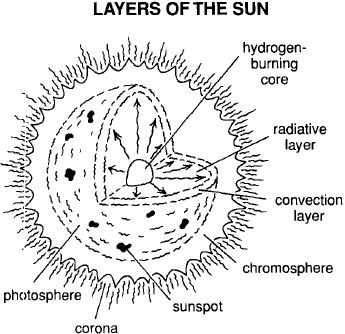



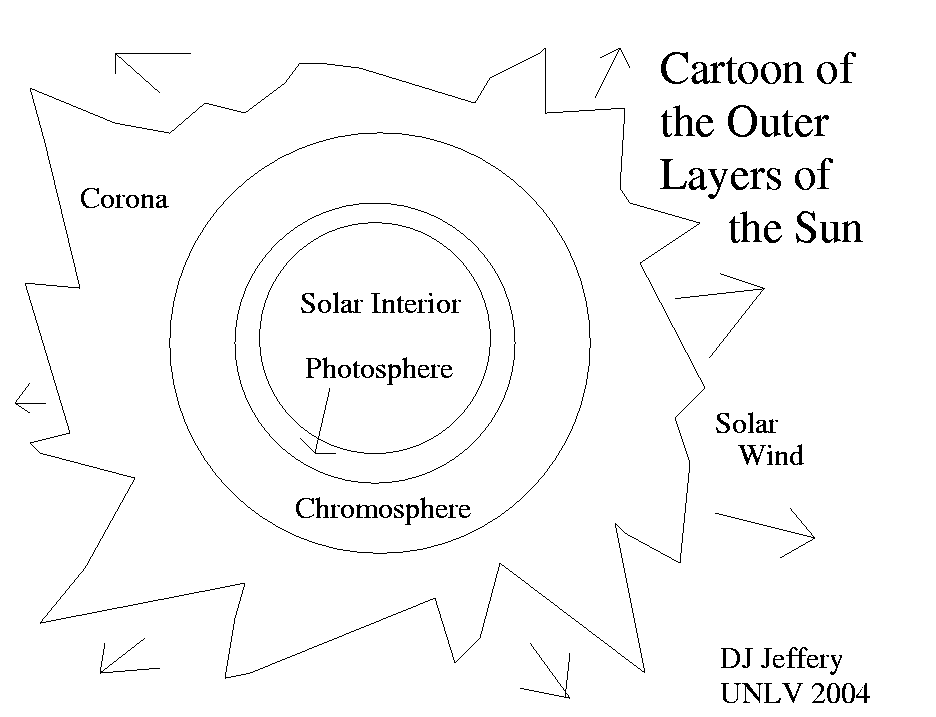
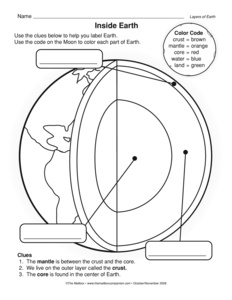
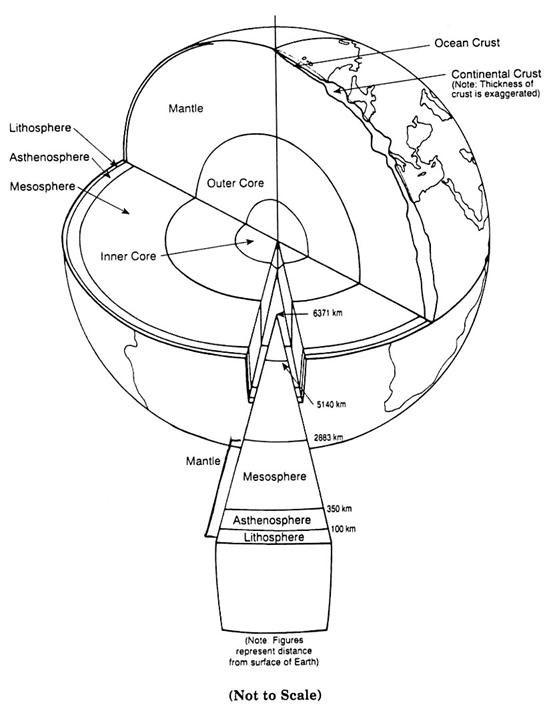
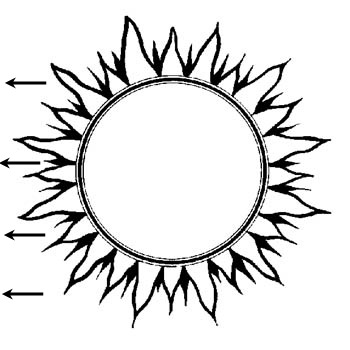

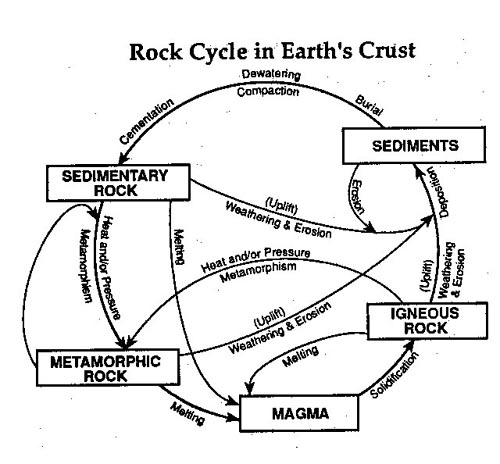
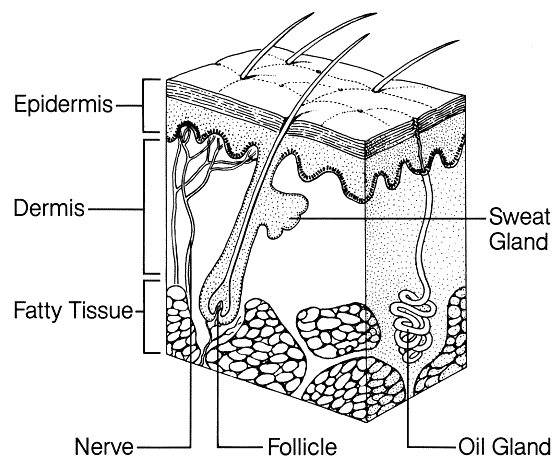
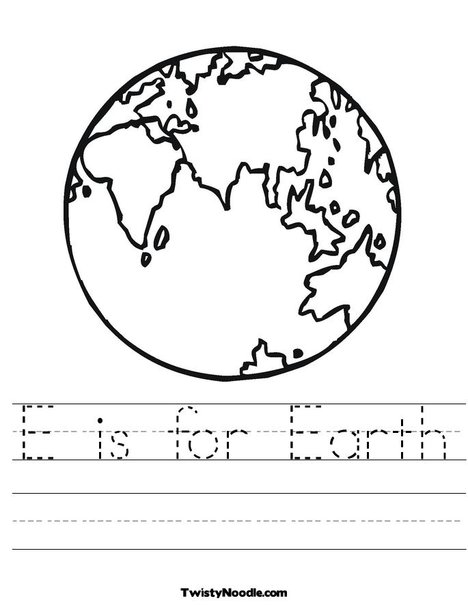
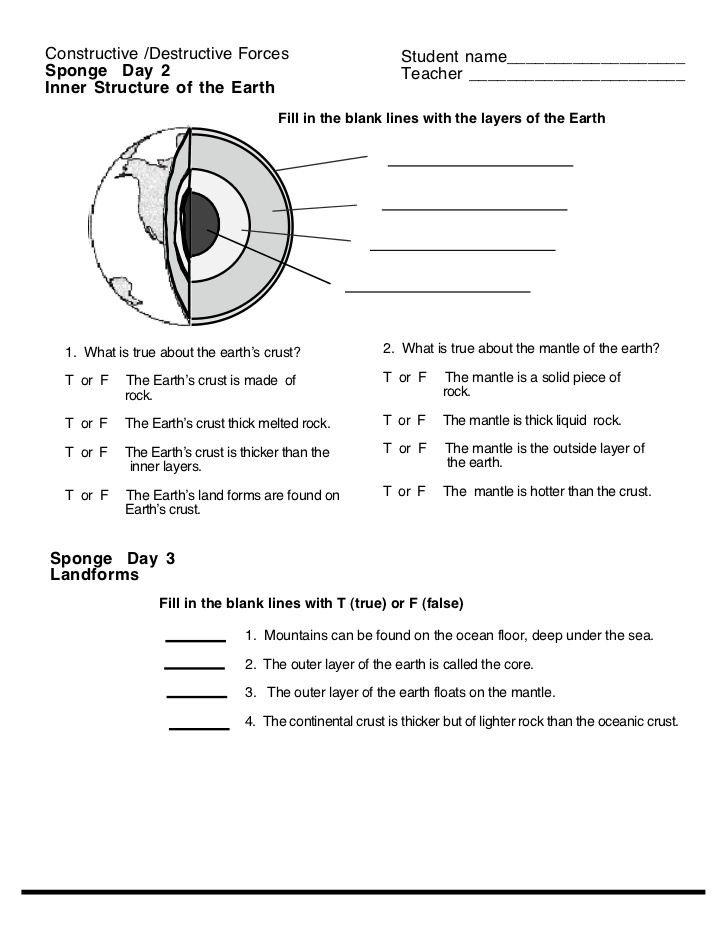














Comments